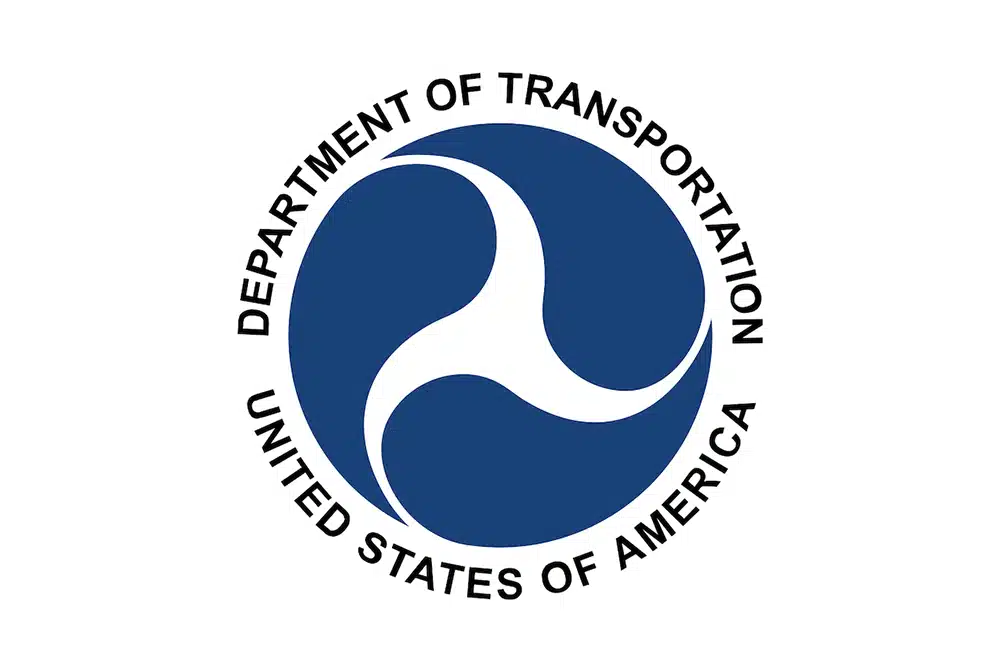FinCEN New Reporting Requirement: What Truckers Need to Know In the world of trucking, staying on top of news and regulations is crucial. While you may be
More
May 14, 2024 6:05 am

FinCEN New Reporting Requirement: What Truckers Need to Know In the world of trucking, staying on top of news and regulations is crucial. While you may be
MoreThe FMCSA is reviewing a recent ELD exemption request filed by Arbert Ibraimi, a one-truck owner-operator, stating the financial and operational challenges faced by those at the
MoreIn a move aimed at bolstering road safety and promoting environmental stewardship, British Columbia has initiated its mandate for CMV Speed Limiters.
MoreThe life of a truck driver is often romanticized for its sense of freedom and adventure. The reality, however, is
MoreThe Trucking Industry Challenges CARB's Emissions Rules, Sparking Legal Battles Over Feasibility and Legality in California.
MoreKeeping Up With Trucking Technology Why is it important for Over-the-Road (OTR) drivers to keep up with new technologies? Safety
MoreTruckers Continue to Face Surging Diesel Prices: How to Navigate, Cut Costs, and Thrive in this Challenging Landscape in Order
MoreFedEx Offers Competitive Compensation, Diverse Driving Opportunities, and a Supportive Work Environment, Making Their OTR Trucker Positions Highly Sought After.
MoreThe DOT Regulatory Agenda serves as a roadmap for upcoming rulemaking and regulatory actions. It outlines the agency’s priorities and initiatives for the year ahead, shaping the future of transportation in the United States. Safety, efficiency, and sustainability are top priorities for the DOT, and the regulatory agenda reflects these core values.
The U.S. Department of Transportation (DOT) recently revealed its plan for 2023, outlining the agency’s focus areas and objectives for the year. In terms of the trucking industry, the DOT aims to improve safety, efficiency, and sustainability through initiatives.
One of the priorities for the DOT in 2023 is to finalize proposed regulations regarding hours of service (HOS) for truck drivers. The DOT’s Federal Motor Carrier Safety Administration (FMCSA) initially proposed changes to HOS rules in 2019, which included adjustments to the 30-minute rest break and sleeper berth provisions. These proposed changes are intended to offer drivers flexibility while maintaining safety standards. The final regulations are expected to be published in 2023, following feedback and evaluations.
Another key aspect highlighted in the DOT’s agenda is the implementation of the Drug and Alcohol Clearinghouse established in 2017. This database monitors drug and alcohol violations among driver’s license holders with the goal of enhancing safety by ensuring that drivers with violations are not on duty. The clearinghouse has been operational since 2020. Continuous assessments will drive improvements.
Furthermore, the Department of Transportation (DOT) is also concentrating on developing a program that would allow drivers aged between 18 and 20 to commercial motor vehicles (CMVs) across state borders. Currently, federal regulations require drivers to be 21 years old to operate commercial motor vehicles (CMVs) for interstate transportation. The proposed program seeks to allow younger drivers to receive training and gain experience while maintaining safety standards.
In addition to these initiatives, the Department of Transportation’s (DOT) regulatory agenda emphasizes its commitment to improving infrastructure and reducing emissions. The DOT aims to prioritize the development of technologies and environmentally friendly fuels like hydrogen-powered trucks to reduce the footprint of the trucking industry.
Moreover, the DOT’s agenda includes efforts to enhance trucking safety and reduce accidents. One such effort involves implementing safety technologies such as emergency braking (AEB) and forward collision warning (FCW) systems, which can help prevent accidents and minimize injuries. The DOT also plans to enforce safety regulations and support safety campaigns like “Click It or Ticket” that promote seat belt usage.
Overall, the DOT’s regulatory agenda highlights its dedication to promoting safety, efficiency, and sustainability in the trucking sector. Some trucking groups oppose the suggested alterations to HOS regulations, expressing worries about confusion and driver exhaustion. Moreover, issues regarding expenses and operational aspects have been brought up concerning the implementation of technologies and eco-friendly fuels. Despite this, the DOT’s regulatory plan highlights its dedication to improving safety and environmental responsibility in the trucking sector. Moving forward, it will be essential for regulators, industry participants, and stakeholders to collaborate effectively to guarantee that upcoming regulations and programs are successful and enduring in the long term.